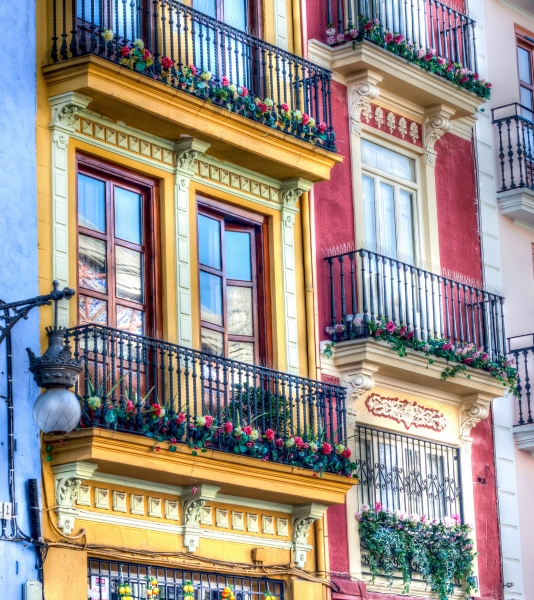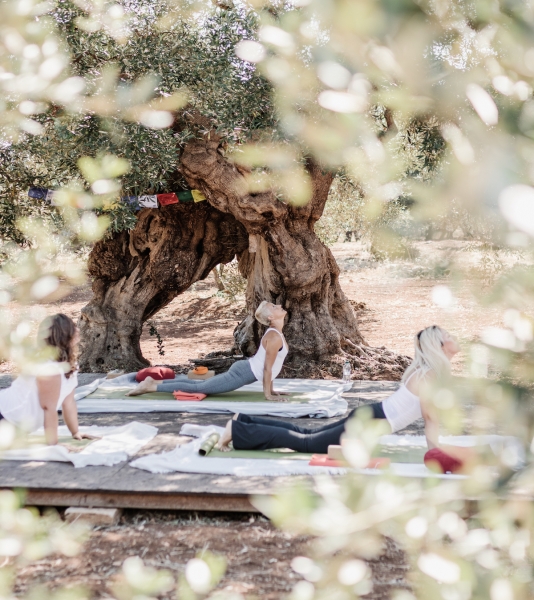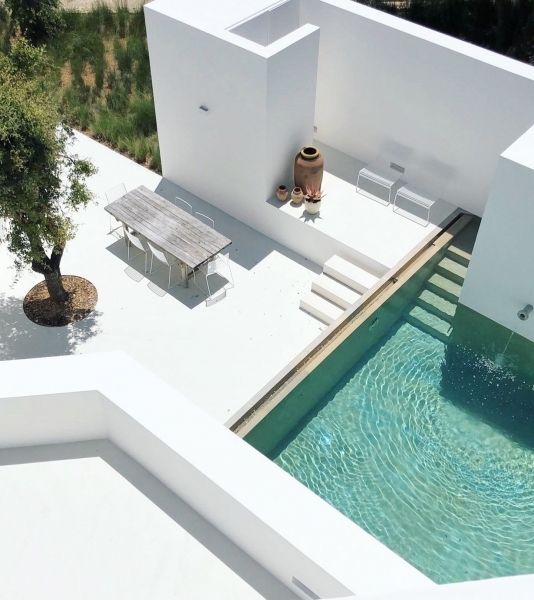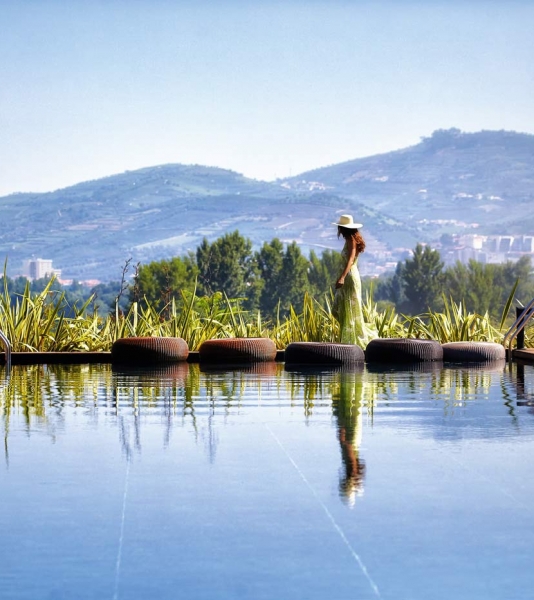Porto - beauty, tradition and port wine
Porto, also known as the secret capital of Portugal is definitely worth a visit, and not only because it gave the name to the country and is the place where one of the world’s most famous wine is produced. With its strategic location at the mouth of the Rio Douro and its position close to the Atlantic Ocean, there are a lot of landscapes and sights waiting to be explored and discovered.
Porto is the country's most important industrial location and, together with Lisbon, an important economic and cultural centre. The city centre of Porto is a UNESCO World Heritage Site and offers many sights worth seeing. The city's nightlife, which is concentrated near the river, is also well-known. As the namesake of the famous Port wine, Porto naturally also has a great culinary heritage. About 100 km upstream, the vineyards of the scenic Douro region begin, full of small villages and breathtakingly beautiful hills that slope green and steeply down to the water. This is where the world-famous Port wine is grown. Signs of this can be found everywhere in the stretched valleys, such as. on the large company signs bearing such famous names as Cockburns, Taylors and Sandeman.











